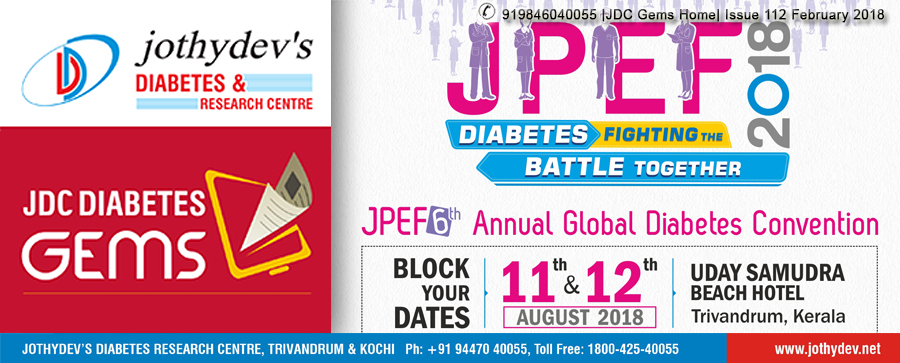
1.Low and High Levels of Vitamin D Associated With Mortality |

![]() Adults with suspected stable angina pectoris who have serum 25-hydroxyvitamin D (25OHD) levels less than 42.5 nmol/L have an increased risk for all-cause and cardiovascular (CV) mortality, study data show. At the same time, 25OHD levels of more than 100 nmol/L suggested an increase in all-cause mortality.
Adults with suspected stable angina pectoris who have serum 25-hydroxyvitamin D (25OHD) levels less than 42.5 nmol/L have an increased risk for all-cause and cardiovascular (CV) mortality, study data show. At the same time, 25OHD levels of more than 100 nmol/L suggested an increase in all-cause mortality.
![]() Eirik Degerud, PhD, Norwegian Institute of Public Health, Oslo, and colleagues, evaluated data on 4,114 adults aged at least 60 years who underwent elective coronary angiography for suspected stable angina pectoris at two university hospitals in Norway during a 5 year period. Participants were divided into groups based on quartiles of 25OHD levels: first (n = 1,029; 8.4-46.2 nmol/L), second (n = 1,028; 46.3-58.1 nmol/L), third (n = 1,028; 58.1-71.4 nmol/L) and fourth (n = 1,029; 71.4-197 nmol/L).
Eirik Degerud, PhD, Norwegian Institute of Public Health, Oslo, and colleagues, evaluated data on 4,114 adults aged at least 60 years who underwent elective coronary angiography for suspected stable angina pectoris at two university hospitals in Norway during a 5 year period. Participants were divided into groups based on quartiles of 25OHD levels: first (n = 1,029; 8.4-46.2 nmol/L), second (n = 1,028; 46.3-58.1 nmol/L), third (n = 1,028; 58.1-71.4 nmol/L) and fourth (n = 1,029; 71.4-197 nmol/L).
![]() During the mean follow-up period of 11.9±3.0 years, 895 (21.8%) deaths occurred of which 9.9% were due to cardiovascular disease (CVD). Compared to the first quartile, multivariable hazard ratios (HR) in the second, third and fourth 25OHD quartiles were 0.64 (95% CI, 0.54-0.77), 0.56 (95% CI, 0.46-0.67) and 0.56 (95% CI, 0.46-0.67) for all-cause mortality and 0.7 (95% CI, 0.53-0.91), 0.6 (95% CI, 0.45-0.79) and 0.57 (95% CI, 0.43-0.75) for CV morality.
During the mean follow-up period of 11.9±3.0 years, 895 (21.8%) deaths occurred of which 9.9% were due to cardiovascular disease (CVD). Compared to the first quartile, multivariable hazard ratios (HR) in the second, third and fourth 25OHD quartiles were 0.64 (95% CI, 0.54-0.77), 0.56 (95% CI, 0.46-0.67) and 0.56 (95% CI, 0.46-0.67) for all-cause mortality and 0.7 (95% CI, 0.53-0.91), 0.6 (95% CI, 0.45-0.79) and 0.57 (95% CI, 0.43-0.75) for CV morality.
![]() In Degerud’s words, “There are no clinical implications from this study alone, but for studies investigating high-dose vitamin D supplementation/treatment in patients, we encourage long-term follow-up with regard to mortality so that we can thoroughly assess safety”.
In Degerud’s words, “There are no clinical implications from this study alone, but for studies investigating high-dose vitamin D supplementation/treatment in patients, we encourage long-term follow-up with regard to mortality so that we can thoroughly assess safety”.
![]()
For enquiries info@jothydev.net.
Please visit: jothydev.net | research.jothydev.com | diabscreenkerala.net | jothydev.com/newsletter
